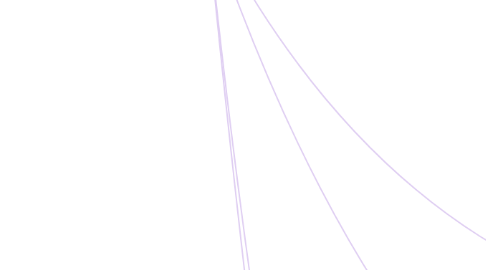
1. Previous Knowledge
1.1. Artist
1.1.1. Name
1.1.2. Motivation
1.1.3. Mindset
1.2. Context
1.2.1. Purpose/Function
1.2.1.1. 1) Create places for some human purpose
1.2.1.2. Create extraordinary versions of ordinary objects
1.2.2. Beliefs
1.2.3. Notions of Beauty / Truth
1.2.4. Time Period
2. Stories / History
3. Atmospheric Perspective
4. Color
4.1. Warm / Cool Colors
4.2. Color Wheel
4.2.1. Primary Colors
4.2.2. Secondary Colors
4.2.3. Palette
4.3. Intermediate or Tertiary Colors
4.3.1. Intenstity - Chroma - Saturation
4.4. Hatching / Cross-hatching / Stippling
4.5. Color Properties
4.5.1. Hue
4.5.2. Value
4.6. Light and Pigment / addition - subtraction
4.7. Monochromatic
4.7.1. Triadic
4.7.2. Visual Texture
4.8. Color Harmonies
4.8.1. Restricted / Open Palette
4.9. Complementary
4.9.1. Analogous
4.10. Emotional Effects of Color
4.10.1. Simultaneous Contrast or After-image
5. Representational
6. Color Theory / Refracted Light
7. By looking at it
7.1. Appearance
7.1.1. Non representational
7.1.2. Abstract
7.2. Meaning
7.2.1. Form
7.2.2. Content
7.2.3. Iconography
7.2.4. Geometric / Organic
7.3. Natural World
7.4. Theme
7.4.1. Sacred
7.4.2. Political / Social
7.4.3. Outward
7.4.4. Inward
7.4.5. Art about art
7.4.6. Invention and Fantasy
7.5. Visual Elements
7.5.1. Implied Lines
7.5.2. Line
7.5.2.1. Direction and movement
7.5.2.1.1. Positive / Negative Shapes
7.5.2.1.2. Diagonal
7.5.2.1.3. Horizontal
7.5.2.2. Contour and Outline
7.5.3. Shape and Mass
7.5.3.1. Figure / Ground
7.5.3.2. Implied Shapes
7.5.3.2.1. Triangle
7.5.4. Light
7.5.4.1. Modeling Volume
7.5.4.2. Values of Light
7.5.4.2.1. Tint / Shade
7.5.5. Chiaroscuro
7.5.6. Optical Effects of Color
7.5.6.1. Optical Color Mixture
7.5.6.1.1. Pointillism
7.5.7. Texture and Pattern
7.5.7.1. Actual Texture
7.5.7.2. Pattern
7.5.8. Space
7.5.8.1. Three-dimensional Space
7.5.8.2. Implied Space
7.5.8.2.1. Picture Plane
7.5.9. Time and Motion
7.5.9.1. Kinetic Art
7.5.9.2. Installation
7.5.9.3. Video
7.5.10. Unity and Variety
7.6. Principles of Design
7.6.1. Balance / Visual Weight
7.6.1.1. Symmetrical
7.6.1.2. Asymmetrical
7.6.2. Emphasis and Subordination
7.6.3. Scale and Proportion
7.6.4. Rhythm

